You’ve just invested a small fortune in a new gravel bike. You spent ages researching which make and model you wanted. You read all the reviews. You talked to friends you knew already had one. Perhaps you did a test ride. The big day arrives. You build up your new steed and head out of the door and something very odd happens. That combination of box-fresh bike, small-child-in-a-sweet-shop-enthusiasm and a lot of positive thinking combine and you find you’re riding X percent faster, smoother and more composed. In fact, you feel like you’re actually emulating your professional gravel riding heroine/hero.
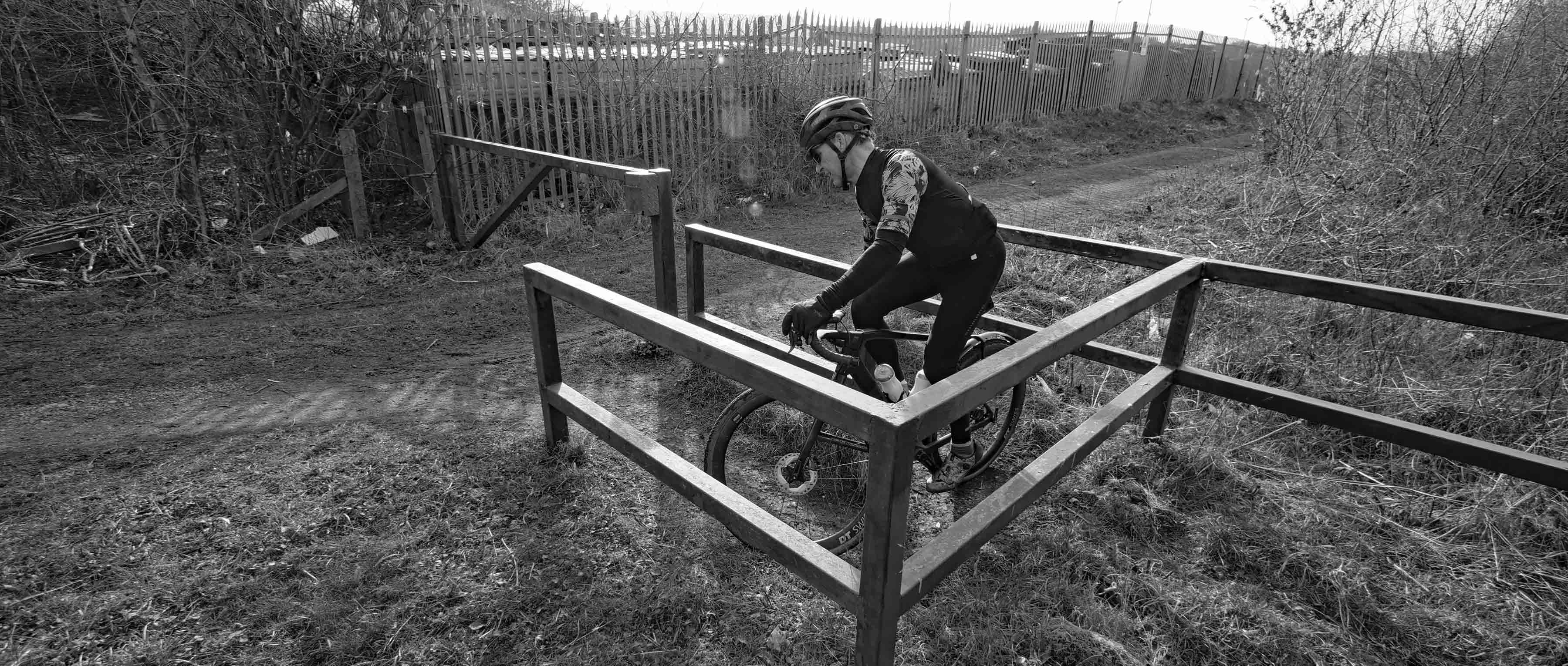
Can an inanimate object imbue you with some secret life force? The placebo effect is a well know phenomena in medical terms, but can it also apply to gravel bikes? Some bikes just feel ‘right’ as soon as you swing your leg over them. By some combination of genius and luck, the designer manages to put together a bike where the combination of geometry and componentry fit you as you though they were tailored specifically for you. Obviously if you have bought a custom-made frame, particularly one which has been constructed to your measurements, you would hope (and expect) this to be the case. But to find this with an off-the-shelf gravel bike is perhaps less common.

When my Canyon Grail arrived, I was both bouncing up and down with excitement, but was also slightly trepidatious. I’d spent quite a bit of time riding one back in the summer of 2021. Before I went on that trip I’d used Canyon’s sizing tool to help choose the right frame for me and after inputting my vital measurements, it predicted that I needed a size small. This was the bike that I was lent for the press trip and I absolutely loved it.
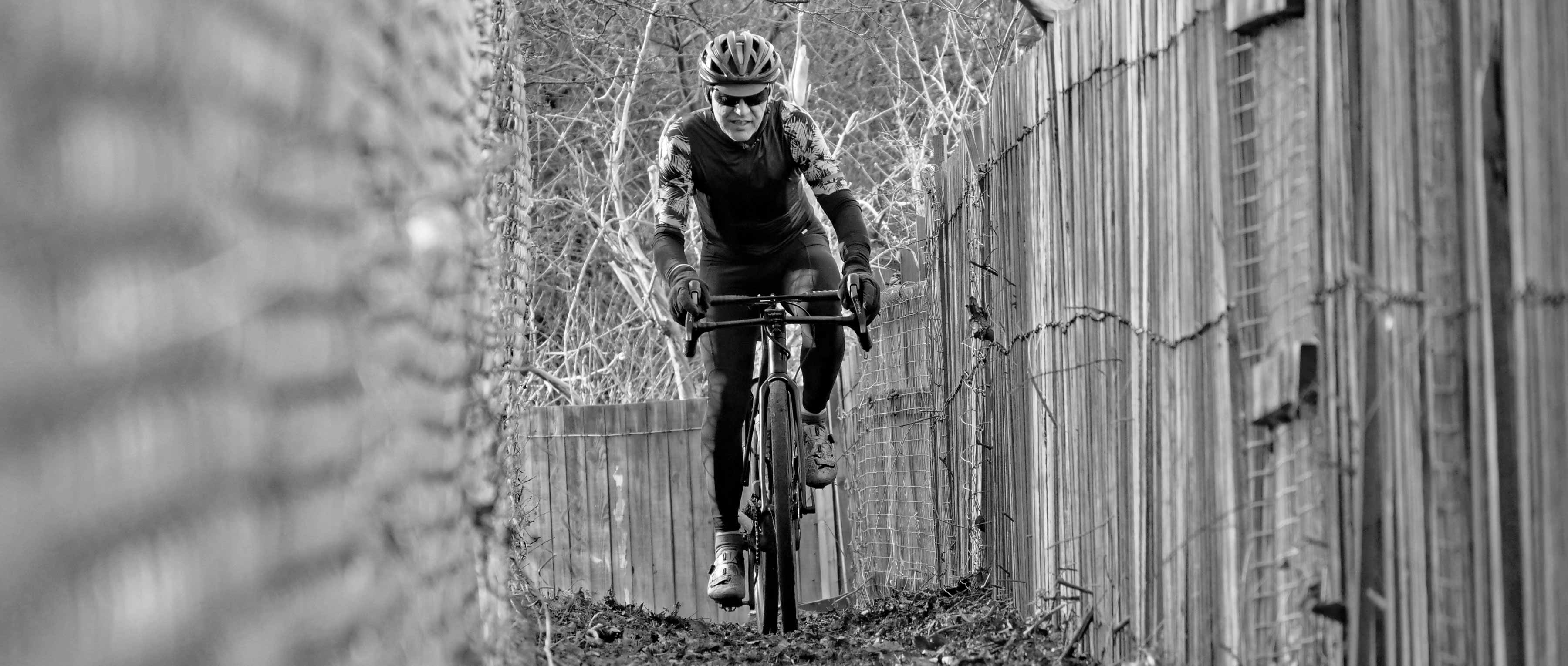
Now fast forward to the end of 2022 and I was ordering my own. Canyon didn’t have a size small in stock, so I took a bit of a gamble* and ordered a medium instead. You might think this was foolhardy, but I’m quite an odd shape in that I have long legs and a short body length relative to my height, so I figured if I could get the saddle height right, I could run the saddle forward on the rails or get an inline seatpost and I’d be fine.
* I should say that this was quite a gamble and not something we (or Canyon) would necessarily recommend – after all it’s a lot of money to spend to find that you’ve ordered the wrong size and it doesn’t fit…
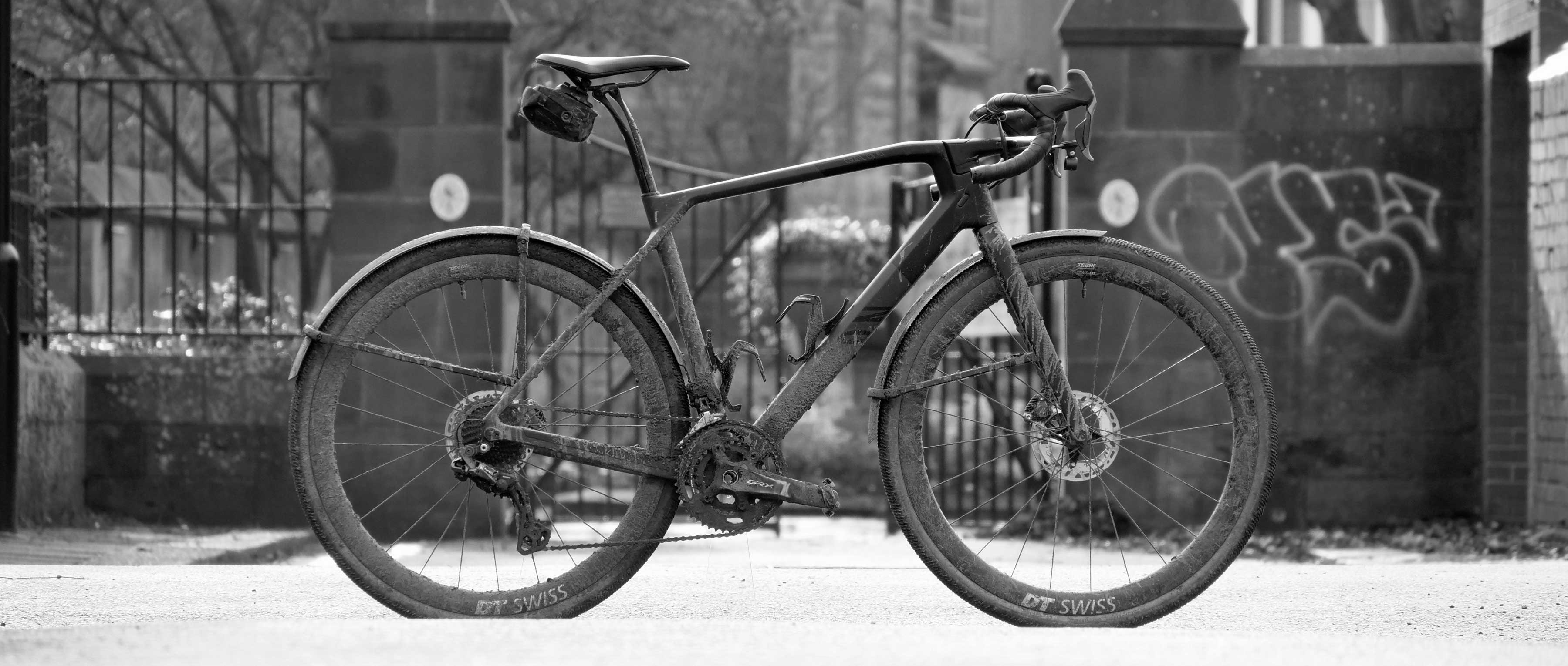
Obviously, the gods of gravel were feeling magnanimous, as with the saddle pushed slightly forwards the bike fitted me like a glove. What was slightly weird, was that compared to my normal gravel ride, my weight was shifted relatively further forward on the bike and this wasn’t just down to my saddle position. Every bike’s geometry varies and that combination of seat angle, head angle, stack and reach measurements give a slightly different relative fit. If you had asked me in advance, I wouldn’t have necessarily chosen to shift everything forward, but obviously the engineers at Canyon knew me better than I did, as the bike just felt ‘right’. I’ve not got around yet to measuring exactly what it is that makes the bike fit me better, but it definitely does. But this isn’t supposed to be about bike fit, this is about something much less tangible. This is about feel.

New bike excitement is a definite ‘thing’ and anyone who has invested a lot of time, effort and money in a new bike will obviously want to be happy with their choice. This mental positivity will have a definite effect on how you perceive the ride qualities of your new bike. Just the fact that everything is new and shiny means it will run more quietly, shift better, the new tyres will grip better etc etc. You would basically expect a new bike to feel better. But what if you still had this feeling on the 17th ride and the 100th ride
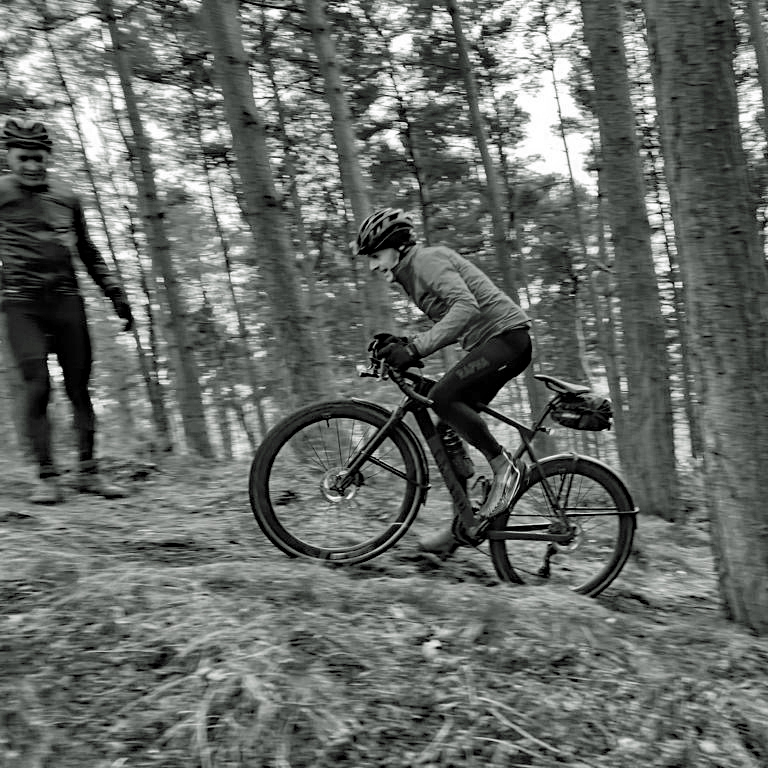

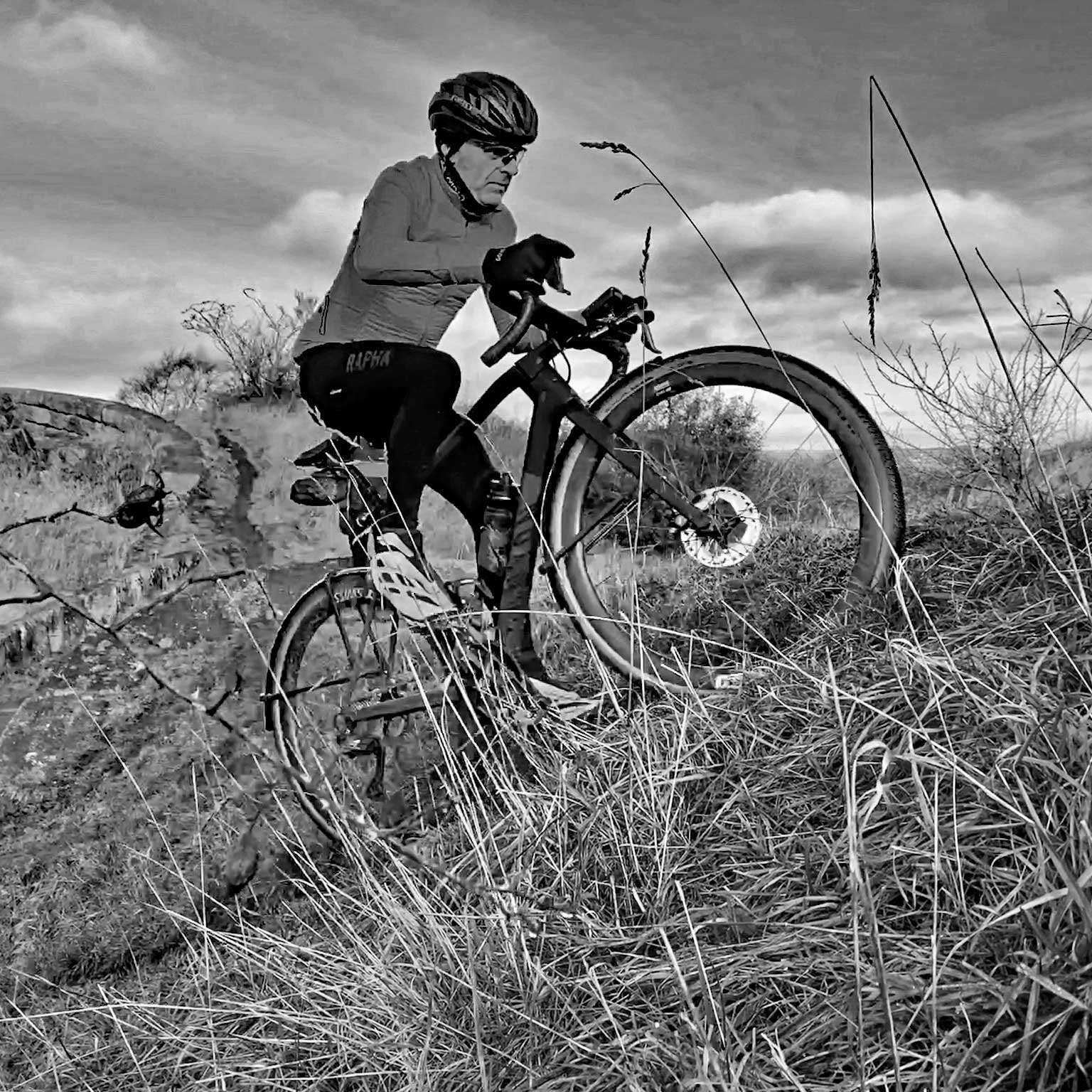
Image courtesy of Francis King
Image courtesy of Francis King
Image courtesy of Dominic Raad
The first ride that I did on my new bike was appallingly timed. After a surprisingly dry start to the autumn, the heavens opened and stayed open for days on end. This heavy rain after a prolonged dry spell created a layer of greasy clay on the surface, with a hardpacked surface underneath. Normally this is a recipe for skittering around every corner and being forced off the bike to walk up some of the short sharp climbs that tend to dominate my typical local rides. I was riding with a small group of friends that day who were experienced mountain bikers and had impressive bike handling skills.
Without wishing to blow my own trumpet, something clicked that day and I managed to drop them on the descents and out ride them on the climbs. Obviously, gravel riding shouldn’t be about one upmanship when riding with your friends, but we probably all have an internal drive where we try and ride more competently, smoothly, fluidly than we did last time? I do anyway.
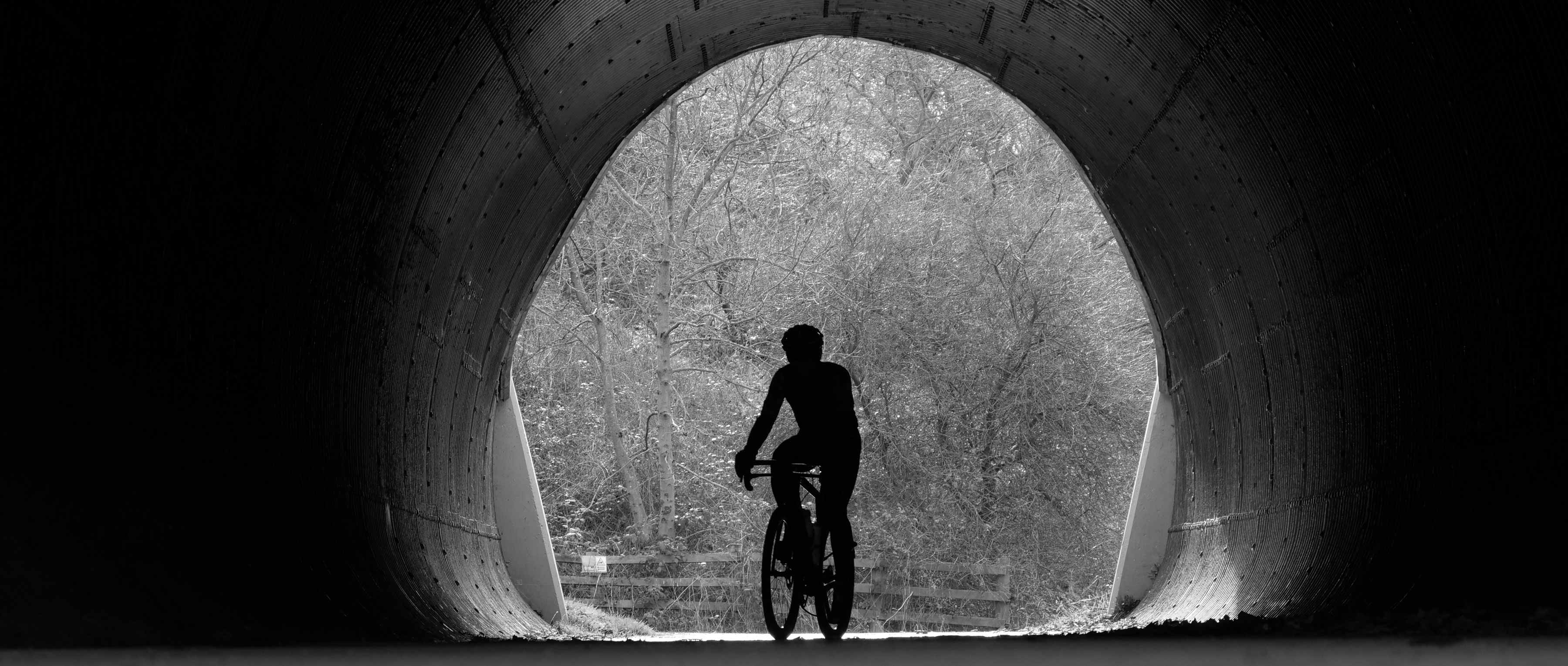
The greasy conditions really showcased the miraculous level of grip and poise that the new bike had. I really pushed it going into some corners – after all, the only way to discover the limits of tyre grip is to test them. Then I tried to find steeper and greasier climbs to attack. Somehow, I ‘cleaned’ sections that even in the summer would have caused me difficulties. I was on the receiving end of some lighthearted joshing and more than a few envious looks. We all put it down to the combination of new-bike-itis, new tyres, utter luck and a having grown up riding where mud and wet roots were the defacto setting during half the year.

I realised after the 5th or 12th or 30th ride that it wasn’t new-bike-itis. Or at least it wasn’t just that. There was something magical about the set-up of the bike that enhanced anything that the rider was contributing to the ride. This might just sound like marketing rubbish and you would be right to be somewhat cynical. I wanted to test my theory slightly more rigorously, so I lent my Grail to my friend Clive who stars in most of these images. He’d already had a go on it when we headed out for an impromptu winter photo shoot a few months previously. This time he had it for a whole day and by utter luck we had perfect trail conditions and plenty of sunshine – ideal for bike testing.
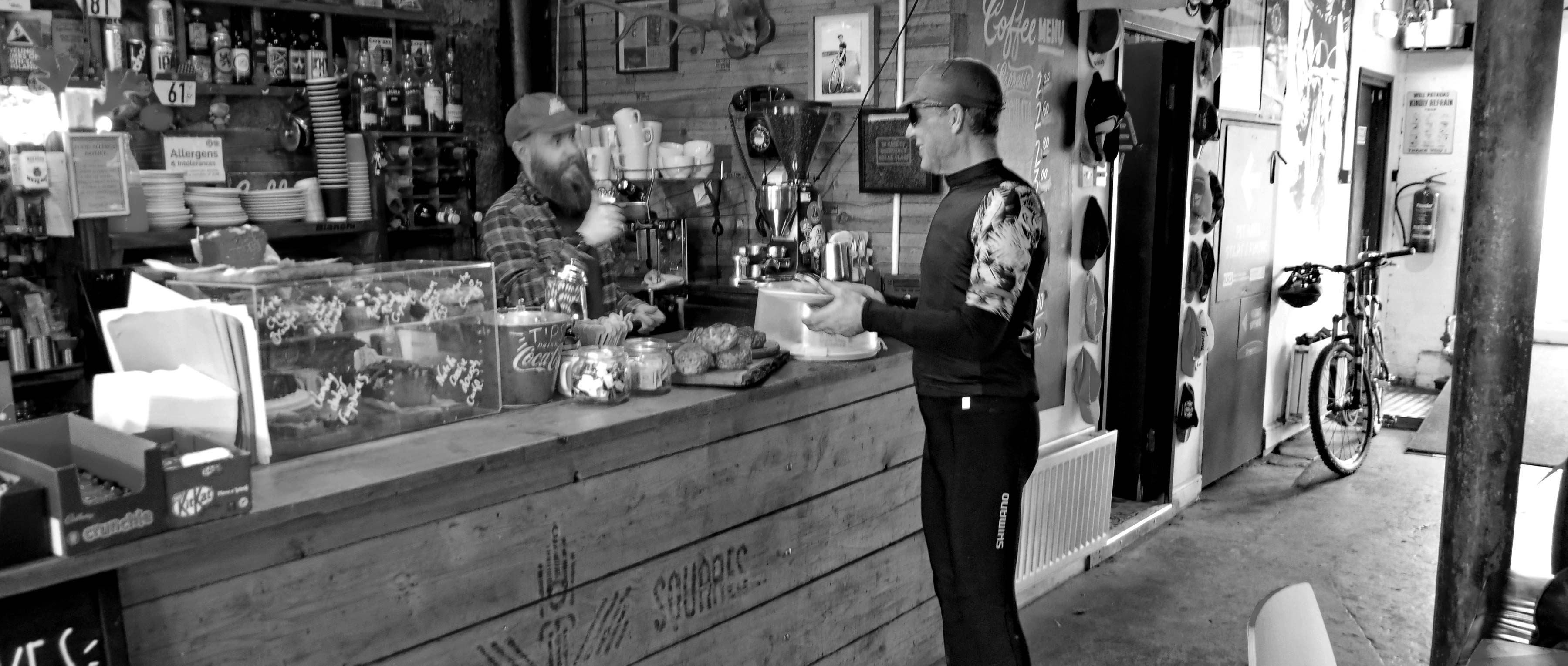
Anyone who’s ever taken part in a bike-related photoshoot as a model knows that it means two things - a photographer asking “Can you just do it one more time please?” and plenty of bribery with great coffee and cake. The benefit of having to ‘session’ sections of trail means you get plenty of practice and can start to really push the limits of grip and common sense. In my brain, every time I hopped on the Grail and headed off down the trail, not only did it make me smile like a lunatic, but I was absolutely convinced it made me a better rider. I obviously can’t put a percentage figure on this and it didn’t turn me into Mathieu van der Poel no matter how hard I wished it. But it made me feel like I could be MVDP (albeit an older, slower, less talented version). So, the question was, would it do the same for Clive?
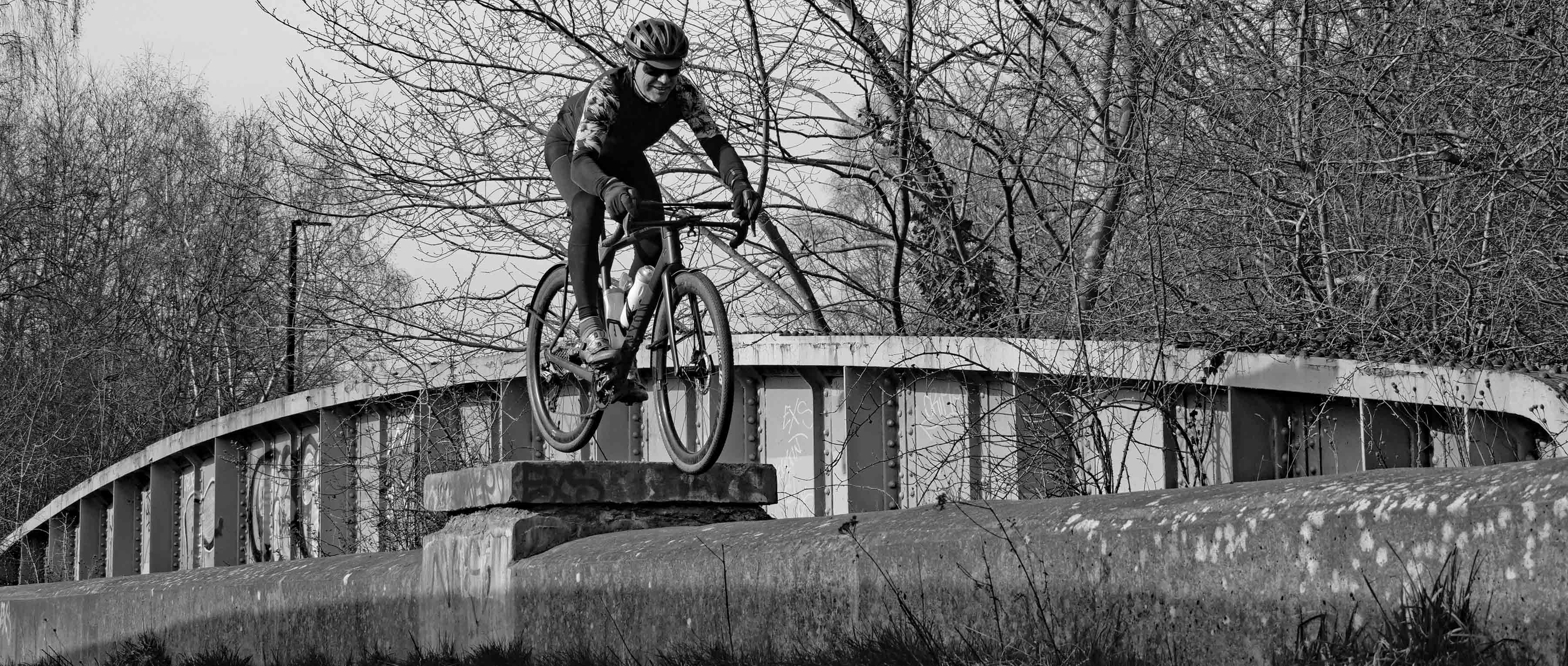
A lot of the trails where we ride locally have an industrial heritage and the structure in the image is a Victorian era bridge with a much more modern concrete structure added later. The concrete structure is approximately 70cm off the ground, perhaps 50cm wide and probably 100m long. In the scheme of things, it’s not a vastly difficult obstacle to ride. The concrete is pretty grippy, the ground all around it is smooth and flat and it has a decent run-in and run-out. The only downsides are that there’s a whacking great manhole cover which stands proud of the main structure and the path is pretty popular, so you often have an audience. We’d both ridden it quite frequently on an MTB (although in my case only after literally years of looking at it and wondering if I had the skills to ride it successfully). I’d now ridden it safely a few times on my gravel bike, but Clive hadn’t tried it yet.
The first time, he took the run in relatively gently – sizing up the obstacle and trying to avoid crashing my expensive bike into the floor. He rode smoothly along the wall, did a perfectly executed front wheel/back wheel lift to get up onto the top of the manhole and rode off the end of the wall, a big grin plastered across his face. I persuaded him to do it a few more times to make sure I got the perfect shot and by the end he was making it look so easy it was as though someone was gently lifting him up into the air and wafting him over the manhole cover.
The whole ride, not matter whether we were easing our way down a tiny litter strewn chare, wiggling our way through some scrappy woodland or pounding the urban landscape, the uniform factor was the size of Clive’s grin and the obviousness of his enjoyment on the Grail.
After our day on the bikes, over a well-earned mug of tea, we skimmed through the images that I’d captured and chatted about our feelings for the Grail. “It didn’t turn me into a world champion CX racer” said Clive “but your description of the bike was spot on. I can’t put my finger exactly on what it is, but there certainly is something magical about the quality of the ride”.
From a purely scientific basis, it’s highly unlikely that a hunk of carbon, aluminium, steel and rubber could do anything to physically alter how a gravel rider performs. But even the thought that it might help you imitate one of cycling’s legends is enough for me. Every time I ride now I look for one little section where I can channel my inner MVDP. Just a few seconds of feeling like I’m a better rider than I actually am means the investment in the bike was a worthwhile one.